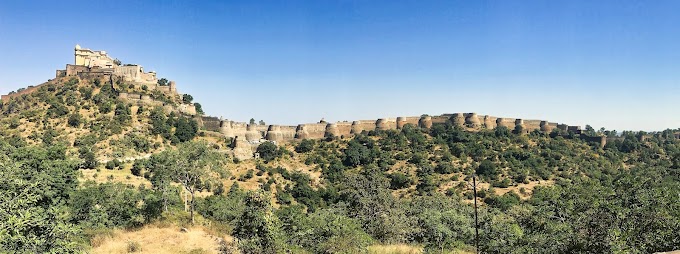The search for Sasquatch, a creature shrouded in mystery and folklore, has captivated enthusiasts and skeptics alike for decades. As technology advances, researchers are increasingly turning to innovative tools to aid their investigations. From trail cameras to drones, the role of technology in Sasquatch research is pivotal in bridging the gap between myth and potential reality.
Trail Cameras: The First Line of Defense
Trail cameras have long been a staple in wildlife research, capturing images of animals in their natural habitats without human interference. However, their effectiveness in capturing Sasquatch remains a topic of debate. Many researchers argue that Sasquatch may possess an acute awareness of their surroundings, making them adept at avoiding these devices. Despite this, some enthusiasts believe that trail cameras can still provide valuable insights into Sasquatch behavior by monitoring areas with high sighting reports. The challenge lies in the fact that even well-placed cameras often fail to capture clear images of elusive creatures, leading to skepticism about their efficacy in proving Sasquatch's existence.
Drones: Aerial Surveillance for Elusive Beasts
Drones represent a significant advancement in the technological toolkit available for Sasquatch research. They offer a bird's-eye view of vast terrains, enabling researchers to cover more ground than ever before. Shows like Expedition Bigfoot have employed drones equipped with thermal imaging and high-definition cameras to scout remote areas where sightings have occurred. These aerial devices can capture footage from angles that traditional cameras cannot, potentially revealing evidence of Sasquatch activity from above. The ability to analyze large swathes of land quickly allows researchers to identify patterns and hotspots for further investigation.
Thermal Imaging: Seeing the Unseen
Thermal imaging technology has revolutionized wildlife observation by detecting heat signatures from living beings. This capability is particularly useful during nighttime investigations when visibility is limited. By utilizing thermal scopes, researchers can differentiate between various animals based on their heat emissions, increasing the chances of detecting Sasquatch if it exists. The combination of drone technology and thermal imaging creates a powerful synergy that enhances the likelihood of capturing evidence that has eluded investigators for years.
3D Scanning: Capturing Evidence in Detail
The use of 3D scanning technology allows researchers to create detailed models of potential Sasquatch footprints or nesting sites. This method provides a comprehensive view of the physical evidence, enabling scientists to analyze features that might be missed with traditional photography. High-definition scans can reveal unique characteristics that differentiate Sasquatch tracks from those of known animals, offering a more scientific approach to validating claims.
Challenges Ahead
Despite the advancements in technology, challenges remain in the quest to prove Sasquatch's existence. Environmental factors such as weather conditions can hinder both animal behavior and equipment functionality. For instance, rain or snow can obscure tracks and reduce animal activity, making it difficult for researchers to gather conclusive evidence. Additionally, skeptics argue that even with cutting-edge tools, the lack of irrefutable evidence continues to cast doubt on the existence of Sasquatch.
Conclusion
The integration of modern technology into Sasquatch research has opened new avenues for exploration and understanding. While trail cameras, drones, thermal imaging, and 3D scanning provide valuable tools for investigators, they also highlight the ongoing challenges faced in capturing definitive proof of this legendary creature. As technology continues to evolve, so too does the potential for uncovering the truth behind one of nature's most enduring mysteries. Whether Sasquatch is ultimately proven real or remains a tantalizing enigma, the journey itself fosters a deeper appreciation for the unexplored corners of our world and the creatures that may inhabit them.






0 Comments